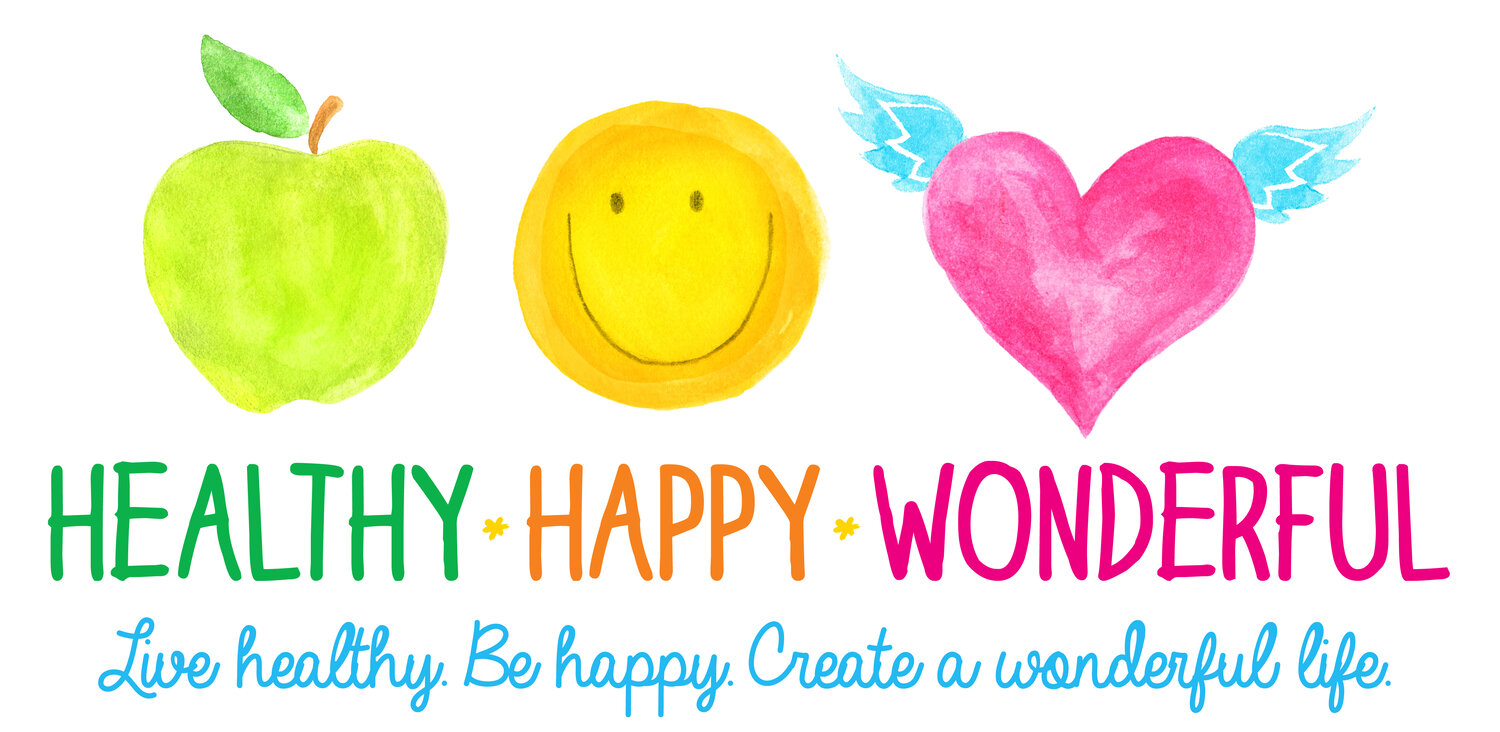Why I love Purslane (and why you should too!)
/Purslane
In Australia, and most countries around the world, purslane is classified as a weed. At my place, for many years, we waged a never-ending war against it in our little organic veggie garden. Late Summer every year it would burst forth and within days would take over our patch. Nothing we did could get rid of it…
But one day, whilst researching the health benefits of leafy greens for my Masters, I learned how super healthy it is! In fact, it packs more nutrient bang-for-buck than every other leafy green at the farmers market! Don’t take this from me; here is a passage from a recent peer-reviewed scientific paper:
“Purslane has been described as a ‘‘power food’’ of the future because of its high nutritive and anti-oxidant properties.”
So here's why purslane gets "power food" status:
Purslane has a huge energy-to-nutrient ratio
That means it backs a lot of nutritional bang for your calorie buck! 100g of purslane contains only 16 calories but it is rich in Vitamins and Minerals and especially rich in Beta Carotene and Omega 3 fatty acids.
Purslane is the richest vegetable source of the vitally important omega 3 fatty acids
It contains a special plant source called alpha linolenic acid (ALA) - approx. 350mg ALA per 100g. That’s five times the amount in spinach! You see, our bodies can’t manufacture omega 3 fatty acids. But they are essential for our health (which is why they are called essential fatty acids!). When we eat ALA, our bodies convert it into longer-chain omega-3 fatty acids eicosapentaenoic acid ( EPA), docosapen- taenoic acid ( DPA) and docosahexaenoic acid (DHA), found predominantly in seafood and marine organisms. This is really important, and why I’m shouting about purslane from the rooftops. Omega 3’s have been found to play vitally important roles in human development and disease prevention.
Purslane is also an excellent source of Beta Carotene
Beta carotene is the plant source of Vitamin A, and purslane contains ~2500 micrograms per 100 grams). Italso contains Vitamin C, Vitamin E and glutathione (a powerful antioxidant), as well as B vitamins niacin, riboflavin vin and pyridoxine. It also contains the minerals iron, potassium, calcium, magnesium and manganese.
It also contains carotenoids and some special phytonutrients called betalain alkaloid pigments which studies show may protect DNA.
But it doesn't matter how "healthy" something is if it tastes awful. But fortunately, purslane is delicious. Just like any other salad green, really.
So these days I look forward to purslane season!
But where can you find purslane?
I have never come across purslane at the supermarket, greengrocer or farmers' market - but it is EVERYwhere.
You see, purslane is an Australian native plant food and it is found all around Australia. Its use as both food and medicine by Indigenous Australians has been documented. And if you’re not in Australia and are feeling a bit left out right now, don’t worry - purslane is on a mission for world domination! It flourishes pretty much everywhere around the world, bursting out of the soil, through lawns, pavement cracks and veggie gardens in late Summer-Early Autumn. It grows for a couple of months then dies back, releases about a million try seeds - and the whole cycle starts again next year.
Purslane is suuuuuper easy to grow.
Even if you have the proverbial “black thumb” and kill every plant you cast your gaze upon, you will find that purslane thrives on neglect and will reward your ineptitude with a flourishing crop in the late-Summer-early Autumn months.
So even though it’s not on sale at the supermarket or greengrocer, purslane is super easy to find.
In late Summer just take a walk around your neighbourhood and check out what “weeds” are growing on grass verges and in the pavement cracks. No one will mind if you remove a “weed” or two!
If you do find some purslane growing at a sports field or on the sidewalk, DON’T EAT IT!
Firstly, it might not be purslane. If you find a patch of it, take a pic and ask for an ID from one of the horticulturalists at your local garden centre.
Even when you have your positive ID, remember that It may have been sprayed with herbicide. So play the long game. Just take it home, find a place for it, let it grown and flourish. It will release seeds for next year’s crop which you can eat to your heart’s content!
So go out and find some, or jump online and order some seeds!
Just one caution though:
Purslane contains high levels of oxalic acid (~1.31g per 10g). By way of comparison, spinach, which is considered a high-oxalate food contains ~0.75g per 10g. If you are at risk of kidney stones you should definitely check with your doctor before going anywhere near it.
On Friday I will be sharing my favourite purslane recipe!
In the meantime, enjoy my FAVOURITE purslane pic, taken in my very own organic veggie garden. I call it "love amongst the purslane". :o)
REFERENCES:
Liu L, Howe P, Zhou YF, Xu ZQ, Hocart C, Zhang R. Fatty acids and β-carotene in Australian purslane (Portulaca oleracea) varieties. Journal of chromatography A. 2000 Sep 29;893(1):207-13.
Uddin M, Juraimi AS, Hossain MS, Un A, Ali M, Rahman MM. Purslane weed (Portulaca oleracea): a prospective plant source of nutrition, omega-3 fatty acid, and antioxidant attributes. The Scientific World Journal. 2014;2014.














